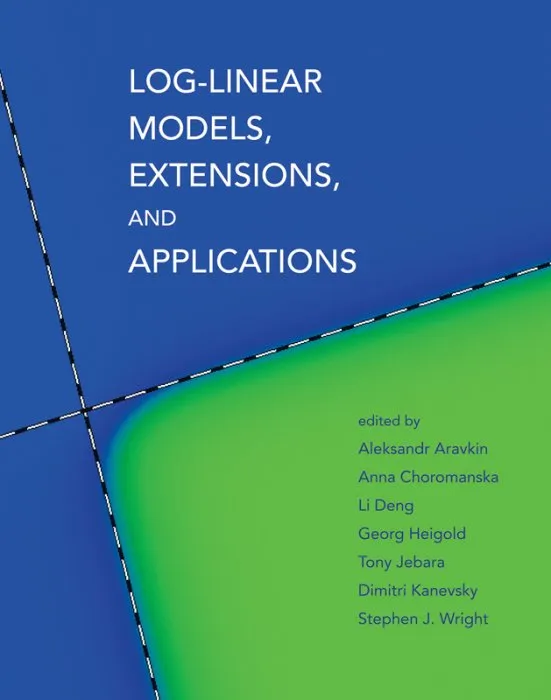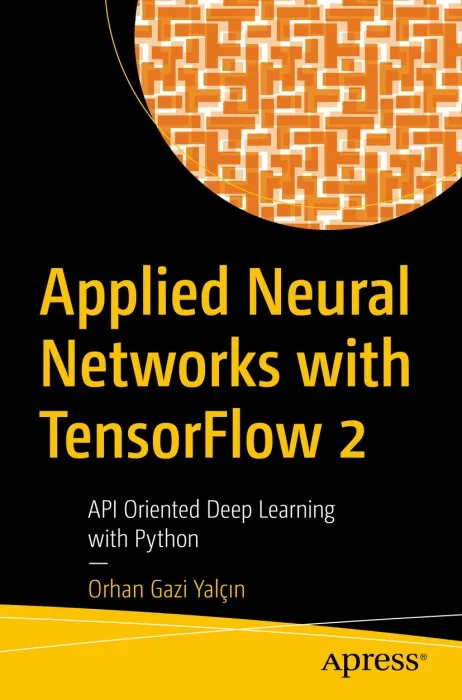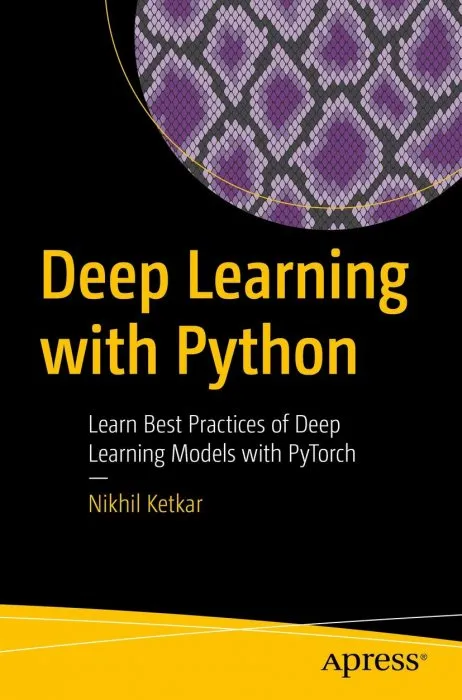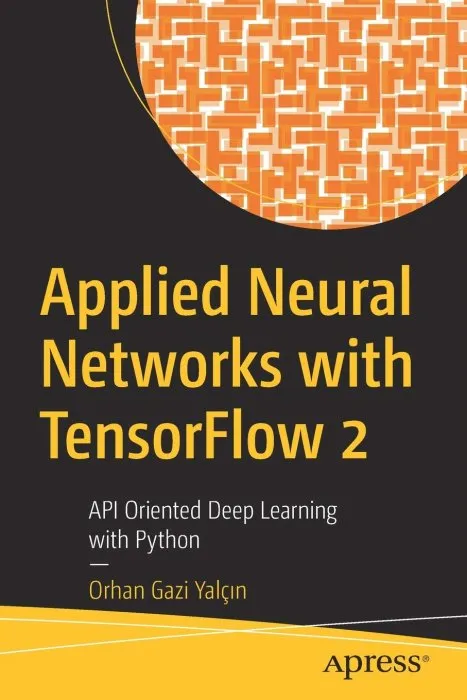Enhancing Deep Learning Performance Using Displaced Rectifier Linear Unit
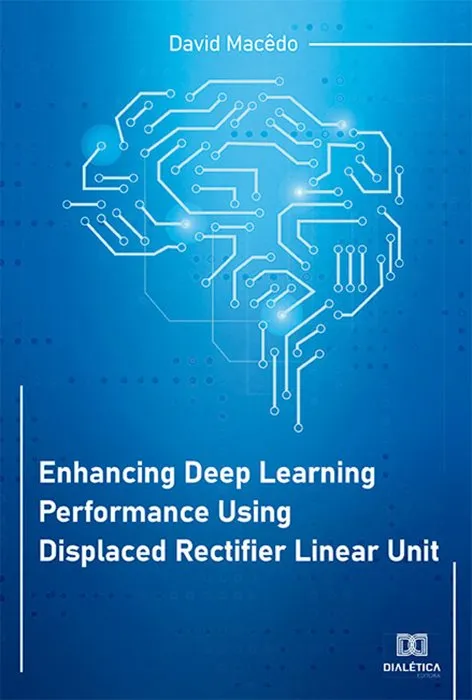
Date: March 25th, 2022
Сategory: Computers, Internet
ISBN: 9786525230757
Language: English
Number of pages: 121 pages
Format: EPUB
Add favorites
Recently, deep learning has caused a significant impact on computer vision, speech recognition, and natural language understanding. In spite of the remarkable advances, deep learning recent performance gains have been modest and usually rely on increasing the depth of the models, which often requires more computational resources such as processing time and memory usage.
To tackle this problem, we turned our attention to the interworking between the activation functions and the batch normalization, which is virtually mandatory currently. In this work, we propose the activation function Displaced Rectifier Linear Unit (DReLU) by conjecturing that extending the identity function of ReLU to the third quadrant enhances compatibility with batch normalization. Moreover, we used statistical tests to compare the impact of using distinct activation functions (ReLU, LReLU, PReLU, ELU, and DReLU) on the learning speed and test accuracy performance of VGG and Residual Networks state-of-the-art models.
These convolutional neural networks were trained on CIFAR-10 and CIFAR-100, the most commonly used deep learning computer vision datasets. The results showed DReLU speeded up learning in all models and datasets. Besides, statistical significant performance assessments (p<0.05) showed DReLU enhanced the test accuracy obtained by ReLU in all scenarios. Furthermore, DReLU showed better test accuracy than any other tested activation function in all experiments with one exception.
To tackle this problem, we turned our attention to the interworking between the activation functions and the batch normalization, which is virtually mandatory currently. In this work, we propose the activation function Displaced Rectifier Linear Unit (DReLU) by conjecturing that extending the identity function of ReLU to the third quadrant enhances compatibility with batch normalization. Moreover, we used statistical tests to compare the impact of using distinct activation functions (ReLU, LReLU, PReLU, ELU, and DReLU) on the learning speed and test accuracy performance of VGG and Residual Networks state-of-the-art models.
These convolutional neural networks were trained on CIFAR-10 and CIFAR-100, the most commonly used deep learning computer vision datasets. The results showed DReLU speeded up learning in all models and datasets. Besides, statistical significant performance assessments (p<0.05) showed DReLU enhanced the test accuracy obtained by ReLU in all scenarios. Furthermore, DReLU showed better test accuracy than any other tested activation function in all experiments with one exception.
Download Enhancing Deep Learning Performance Using Displaced Rectifier Linear Unit
Similar books
Information
Users of Guests are not allowed to comment this publication.
Users of Guests are not allowed to comment this publication.
